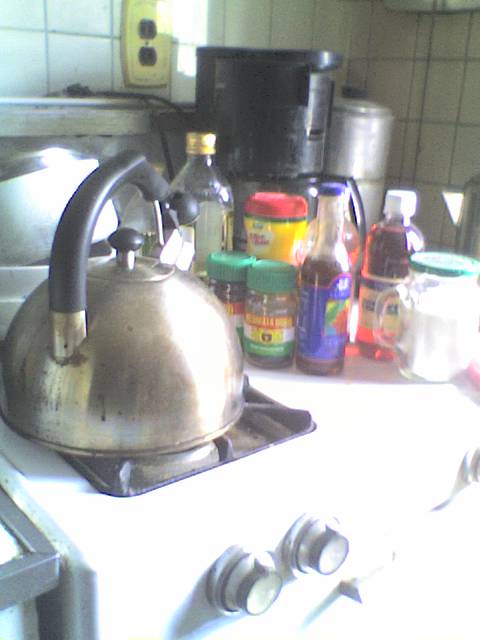There's no doubt that locavore restaurants are affected by their surroundings. If the bounty is abundant , then the eateries thrive. If not, they have to become creative and look to other locally sourced ingredients. It becomes an incredible task if the source is environmentally challenged.
This is the case of San Francisco eatery, Angler, which was the subject of Tejal Rao's Critic's Notebook in yesterday's New York Times Food section. she interviewed chef Joshua Skenes, who opened this local restaurant in the waterfront Embarcadero area of San Francisco. Chef Skenes is redefining the San Francisco fish house, thanks to a tightly edited menu. He has pointed out he isn't the only one in the area. Many seafood lovers are being redirected to lesser known but just as delicious seafood options.Why is this? Blame it on climate change and the ocean's temperature changing because of it.In a published study from just last week researchers found ocean temps had broken record highs in the last few years. This changes everything, from the water's acidity to breeds of fish heading towards colder waters.This is happening all over , especially off the New York City coast. The Dungeness crab, that lives in Northern California waters, has been infected with domoic acid, a neurotoxin produced by ocean warmed algae.The levels are so high in the shellfish that there's a delay in catching them.
What's a seafood restaurant to do? Get creative with other ocean bounty.It's not just chef Skenes who's exploring other catches from the sea but also chef James Syhabout of Commis in Oakland. The last serves seaweed rather than big ticket fish.Other eateries,like The Perennial ,owned by Karen
Lebowicz and Anthony Myint serves farmed sturgeon and trout, raised on vegan feed. As for Chef Skenes, he's getting into purple sea urchins at the Los Angeles branch of Angler as well as at the original. Purple sea urchins are multiplying at an eye opening rate, invading and decimating vital underwater kelp forests. There are enough of them to satisfy customer's growing love of them. Their flavor is that of a sweet and salty custard when pureed and returned to their shells. Chef Skenes is also cooking petrale sole, that was once favored by Bay City locals. It's an ugly flatfish with eyes on one side of its' head . That doesn't matter to him.He turns it into a filet of beauty, with almost jellied meat firmed up over a fire and lacquered with butter. Jellyfish is also being served diced and raw with a dipping sauce.He also does amazing magic with a roasted beet and tuna tartare along with a radicchio with a dressing that sloppy and almost bloody looking. These dishes make diners forget about what's not on the menu, like the Dungeness crab.
Unfortunately, all seafood restaurants will be affected by climate change. Let's hope their chefs can become creative with everything the sea has to offer and not just favorites. This will definitely be the standard if we don't amend the damage we've done to our world.
Thursday, January 17, 2019
The Restaurant And The Sea
Subscribe to:
Post Comments (Atom)




No comments:
Post a Comment